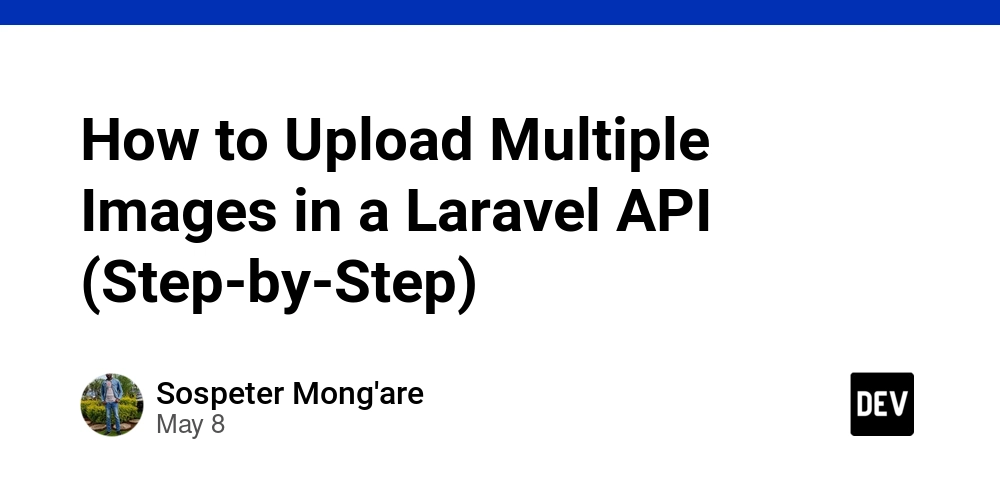Pope Art, Pop Culture, and AI vs. "Authentic" Artwork
Thoughts and observations about viral AI art, fake popes, Berlin's "Sellerie Weekend", dreams and experimental processes in real life, originally posted as Pope Art, Pop Culture, and Analog Authenticity at Open Mind Culture and published on my Substack. Last month I wrote about alternatives to mainstream social media. I still use Instagram and LinkedIn to connect with new people and share some short and short time information and inspiration. However, I prefer blog posts as more in-depth and less short-lived medium. When I heard the news that pope Francis died, I was reminded of an exhibition called “Black Pope” and of a viral fake photograph showing Francis in a Balenciaga puffer jacket. Shortly afterward, a series of exhibitions and independent art events kept recurring topics of Authenticity in the age of AI, ongoing injustice, war, and politic backlash against diversity, equality and inclusion, as well as the subject of dreams empowering people to imagine a better world and find the energy to try and make it real. While some artists embrace AI and digital devices, others emphasize organic, real-world processes and serendipity like letting analog photographs blur or decay on purpose. I like surprise and aesthetic imperfection, but the medium doesn’t matter that much if someone has something relevant to say. The late Pope Francis was celebrated as a popular fighter against poverty and for peace, but perhaps the most famous image of Francis was invented by AI artists: in 2023, an image went viral showing the Pope in a white Balenciaga puffer jacket, an outfit that the modest Pope would never have worn. Photographer Samuel Fosso took another picture of a pope that doesn’t exist, picturing himself in the look of famous personalities for decades, including as the Chinese Emperor of Africa or as a "Black Pope". With AI, anyone can look like somebody else and pose as pope in a minute, including a woman of color that looks like the gospel singer Mahalia Jackson. Here is a picture of me, yet another white man, looking quite serious, that I originally fabricated to illustrate the misheard salutation of "Hi, lieber Ingo" ("Hi, dear Ingo") which sounds like "Heiliger Ingo" (Holy Ingo) in German. So, AI art has become available as a short entertainment (and cheap content creation) option, but doesn’t it take the fun out of the artistic process? I try to imagine Sam Fosso, after work in his studio, dressing up like a pope, and looking like that when a late customer comes in, or when he walks down the street to buy a drink. The bishops could have elected a black pope, but they didn’t even have a choice to vote for a woman. In political elections, such a biased premise looks obvious. However, hidden constraints limit our choices every day, sometimes so subtly that it seems we could exercise our free will. In real life, people must be lucky and tricky to break the rules, like the fictitious female pope joan disguising as a man in the 2009 film (“Die Päpstin”). We don’t need AI art, but AI makes it possible, even for those full of imagination but lacking acting or photographic talent, to invent impressive images that are funny, thought-provoking or disturbing, or images that change dangerously subtle things so little that it is hardly noticeable. All that was already possible without technical tricks and without lying, by selecting, omitting and selecting the context (framing), but this too has become much easier thanks to deep fakes and generative AI. Worse still, it now happens on a daily basis, even without conscious intent. Naive users of AI software, trained on biased sources, receive quick and easy answers to their questions and can be assisted in writing essays and advertising copy. A trivial example: As far as I know, Pope Francis abolished many of his employees’ expensive company cars shortly after taking office. On the other hand, he allegedly once signed a white luxury limousine. If I ask the ChatGPT AI for a fact check, I get a plausible-sounding answer that would suffice for small talk. But if I had to prepare a scientific publication or an article like this, I should do my own research instead of relying on half-knowledge. Yes, Pope Francis was an early advocate of modesty and refrained from using expensive official cars, opting instead for simple vehicles. In 2017, however, he signed a Lamborghini that was given to him – this was auctioned off, with the proceeds going to charity. A viral photo showing him in a white Balenciaga jacket is AI-generated and not a real photo. In reality, Francis is known for his social messages and attempts at reform, while in pop culture he is often portrayed as a modern, popular pope – for example in memes or satirical depictions. When I asked the AI to sustain its statement with facts and sources, it searched the web and presented similar sources and images like I would have come up with myself after a quick research using Google or Ecosia. The basic problem is

Thoughts and observations about viral AI art, fake popes, Berlin's "Sellerie Weekend", dreams and experimental processes in real life, originally posted as Pope Art, Pop Culture, and Analog Authenticity at Open Mind Culture and published on my Substack.
Last month I wrote about alternatives to mainstream social media. I still use Instagram and LinkedIn to connect with new people and share some short and short time information and inspiration. However, I prefer blog posts as more in-depth and less short-lived medium.
When I heard the news that pope Francis died, I was reminded of an exhibition called “Black Pope” and of a viral fake photograph showing Francis in a Balenciaga puffer jacket. Shortly afterward, a series of exhibitions and independent art events kept recurring topics of Authenticity in the age of AI, ongoing injustice, war, and politic backlash against diversity, equality and inclusion, as well as the subject of dreams empowering people to imagine a better world and find the energy to try and make it real. While some artists embrace AI and digital devices, others emphasize organic, real-world processes and serendipity like letting analog photographs blur or decay on purpose. I like surprise and aesthetic imperfection, but the medium doesn’t matter that much if someone has something relevant to say.
The late Pope Francis was celebrated as a popular fighter against poverty and for peace, but perhaps the most famous image of Francis was invented by AI artists: in 2023, an image went viral showing the Pope in a white Balenciaga puffer jacket, an outfit that the modest Pope would never have worn.
Photographer Samuel Fosso took another picture of a pope that doesn’t exist, picturing himself in the look of famous personalities for decades, including as the Chinese Emperor of Africa or as a "Black Pope".
With AI, anyone can look like somebody else and pose as pope in a minute, including a woman of color that looks like the gospel singer Mahalia Jackson. Here is a picture of me, yet another white man, looking quite serious, that I originally fabricated to illustrate the misheard salutation of "Hi, lieber Ingo" ("Hi, dear Ingo") which sounds like "Heiliger Ingo" (Holy Ingo) in German. So, AI art has become available as a short entertainment (and cheap content creation) option, but doesn’t it take the fun out of the artistic process? I try to imagine Sam Fosso, after work in his studio, dressing up like a pope, and looking like that when a late customer comes in, or when he walks down the street to buy a drink.
The bishops could have elected a black pope, but they didn’t even have a choice to vote for a woman. In political elections, such a biased premise looks obvious. However, hidden constraints limit our choices every day, sometimes so subtly that it seems we could exercise our free will. In real life, people must be lucky and tricky to break the rules, like the fictitious female pope joan disguising as a man in the 2009 film (“Die Päpstin”).
We don’t need AI art, but AI makes it possible, even for those full of imagination but lacking acting or photographic talent, to invent impressive images that are funny, thought-provoking or disturbing, or images that change dangerously subtle things so little that it is hardly noticeable. All that was already possible without technical tricks and without lying, by selecting, omitting and selecting the context (framing), but this too has become much easier thanks to deep fakes and generative AI. Worse still, it now happens on a daily basis, even without conscious intent. Naive users of AI software, trained on biased sources, receive quick and easy answers to their questions and can be assisted in writing essays and advertising copy. A trivial example:
As far as I know, Pope Francis abolished many of his employees’ expensive company cars shortly after taking office. On the other hand, he allegedly once signed a white luxury limousine. If I ask the ChatGPT AI for a fact check, I get a plausible-sounding answer that would suffice for small talk. But if I had to prepare a scientific publication or an article like this, I should do my own research instead of relying on half-knowledge.
Yes, Pope Francis was an early advocate of modesty and refrained from using expensive official cars, opting instead for simple vehicles. In 2017, however, he signed a Lamborghini that was given to him – this was auctioned off, with the proceeds going to charity. A viral photo showing him in a white Balenciaga jacket is AI-generated and not a real photo. In reality, Francis is known for his social messages and attempts at reform, while in pop culture he is often portrayed as a modern, popular pope – for example in memes or satirical depictions.
When I asked the AI to sustain its statement with facts and sources, it searched the web and presented similar sources and images like I would have come up with myself after a quick research using Google or Ecosia. The basic problem is not AI, but our complacency and lack of criticism.
The specific statements may be true, but perhaps they still give the wrong impression with his aesthetic images of a modern media star and a multicultural group of men who epitomise diversity. ‘Yes, Pope Francis deliberately eschewed luxurious official cars in favour of modest vehicles such as a Fiat 500L or a Ford Focus. In 2017, he received a customised Lamborghini Huracán, which he signed and blessed; the vehicle was later auctioned off for charity.’ But how does that match the reality of the Catholic Church as a powerful institution, which has been repeatedly criticised for abuse of power, corruption, unresolved sexual abuse cases and a lack of voice for women?
These are topics that the AI also mentions to me on further enquiry. However, despite fact checks, the first impression is of a misleading mixture of real and fake images. The boundaries between reality and fiction are blurred. Nevertheless, it is still a hopeful image, similar to saints or pop stars who convey hope and positive values to people.
Sources and further reading:
Ryan Broderick, part of the digital literacy collective „digivoidmedia“ wrote on Twitter: „My theory as to why it’s fooling so many (myself initially included) is that the pope aesthetically exists in the same uncanny valley as most AI art“ – and that might be as close as it gets to understanding why it was THIS pic that sparked the newest debate about the use of AI. Or maybe what also contributed to the image of a „cool pope“, who would wear a puffer jacket like in a rap video, is that he actually did things like signing a Lambo in the past. Also, there were a lot of memes with actual real pictures of him like “pope is dropping bars”.
Analog Authenticity as an Answer
It seems very important for some artists to emphasize individual artistic expression to counter the polished consumerist crap around us. However, some artists just choose the contrary cliché, experimenting with purposeful decay and destruction, bleaching sunlight, multiple photographic exposure, and organic acids nourished by an artist’s grandma’s toothbrush. Like in Fosso’s case, let’s cherish the personal experience, but an interesting artistic process can still end with an underwhelming result without relevance to other people, like an amateur artist painting their deceased beloved pet with oil on canvas.
But it’s up to you to make up your own mind, so let me end my post with few words and more images that I took at exhibitions and around town recently. I was really impressed at ART SPRING / GALLERY WEEKEND / SELLERIE WEEKEND 2025 in Berlin by analog and digital artwork, including Oyu Ocean’s A.PHANTASIA, and Bojana Knežević’s Harpirexia, a multimedia performance using her own voice and costumes making her act as a mythical bird-woman. For more information, please visit the artists’ websites linked below the gallery.
High quality images can be found in the original Open Mind Culture blog post or on the artists' websites and social media accounts.
Links, Credits, and more to explore:
- Anna Zimmermann: BOYS DON’T CRY
- Anette Kuhn
- Anohni, Erika Yasuda, Julia Yasuda: She Who Saw Beautiful Things
- Ateliergemeinschaft Milchhof Berlin
- Barbara Caveng: Hairy
- Benjamin Lallier: Lying in the Kitchen
- Bojana Knežević: Harpirexia
- Danielle Brathwaite-Shirley (Lady Danfuga): UNCENSORED
- Diane Severin Nguyen: Spring Snow
- Giuseppe Gonella: Lebensraum der Träume (what inhabits the dreams?)
- Mariel Poppe: Architectural Fictions
- Marie Jeschke: Happy End
- Michel Lamoller: Progress in Paradise
- Oyu Ocean: A.PHANTASIA
- Pictoplasma Animation Conference
- Sam Fosso: Black Pope, Chinese Emperor of Africa-
- Seweryn Jański and Jacek Zachodny
- Sellerie Weekend Berlin











































































































































































![[The AI Show Episode 146]: Rise of “AI-First” Companies, AI Job Disruption, GPT-4o Update Gets Rolled Back, How Big Consulting Firms Use AI, and Meta AI App](https://www.marketingaiinstitute.com/hubfs/ep%20146%20cover.png)











































































































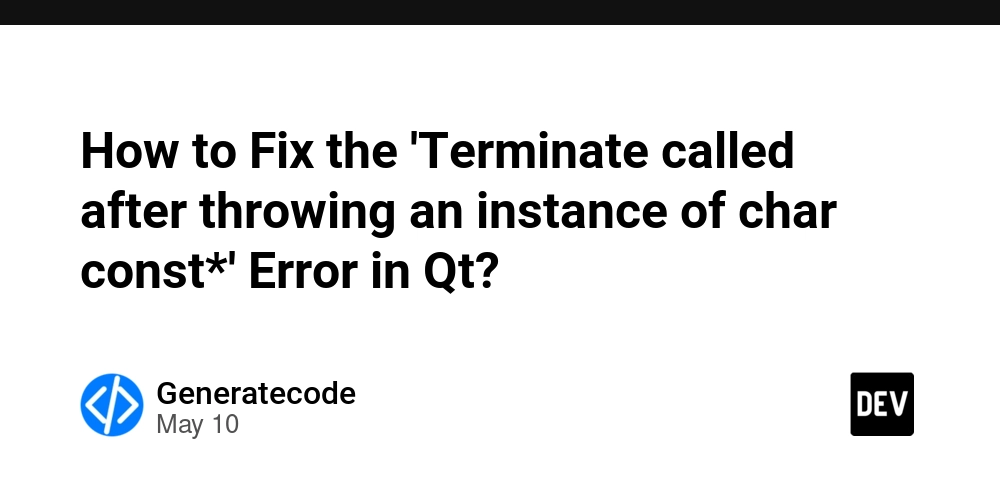
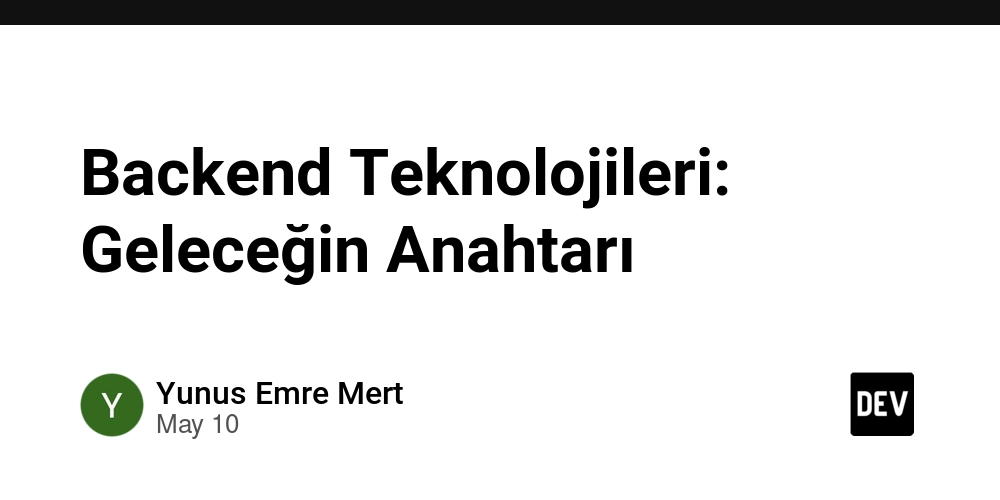


















![Ditching a Microsoft Job to Enter Startup Hell with Lonewolf Engineer Sam Crombie [Podcast #171]](https://cdn.hashnode.com/res/hashnode/image/upload/v1746753508177/0cd57f66-fdb0-4972-b285-1443a7db39fc.png?#)



























































.jpg?width=1920&height=1920&fit=bounds&quality=70&format=jpg&auto=webp#)




















































-Nintendo-Switch-2-Hands-On-Preview-Mario-Kart-World-Impressions-&-More!-00-10-30.png?width=1920&height=1920&fit=bounds&quality=70&format=jpg&auto=webp#)









































































































-xl.jpg)






























![New iPad 11 (A16) On Sale for Just $277.78! [Lowest Price Ever]](https://www.iclarified.com/images/news/97273/97273/97273-640.jpg)

![Apple Foldable iPhone to Feature New Display Tech, 19% Thinner Panel [Rumor]](https://www.iclarified.com/images/news/97271/97271/97271-640.jpg)














































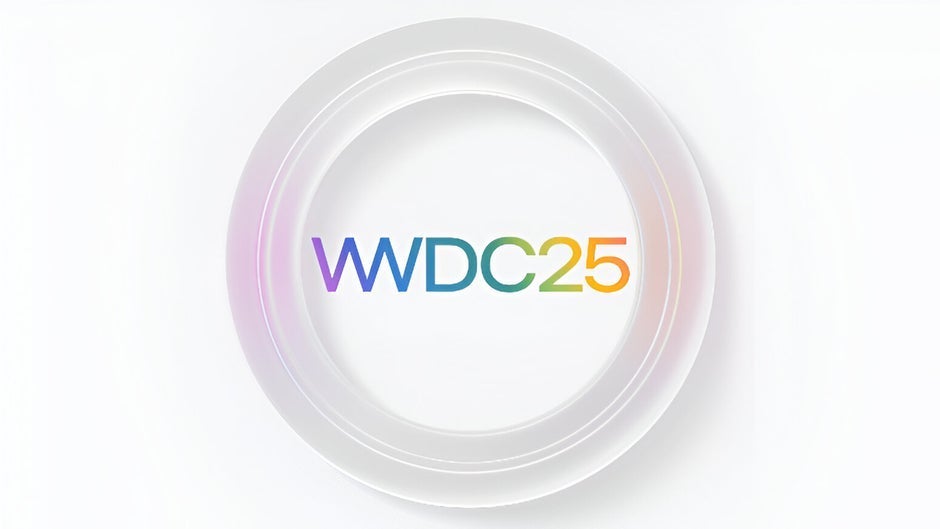
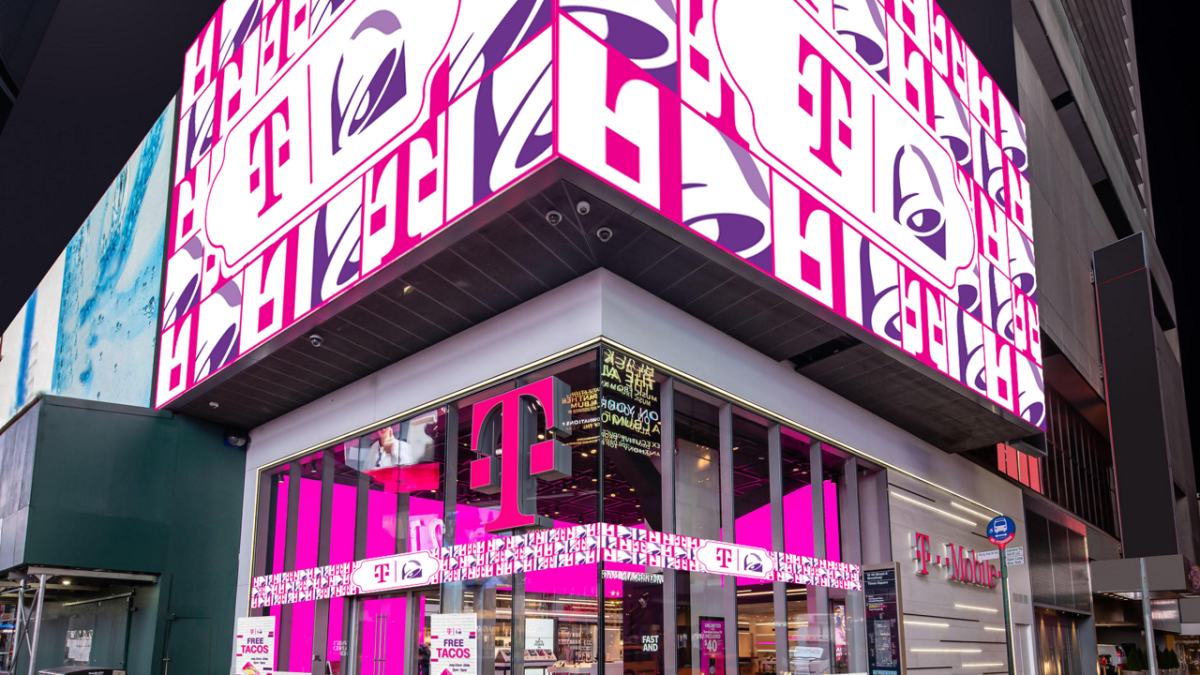
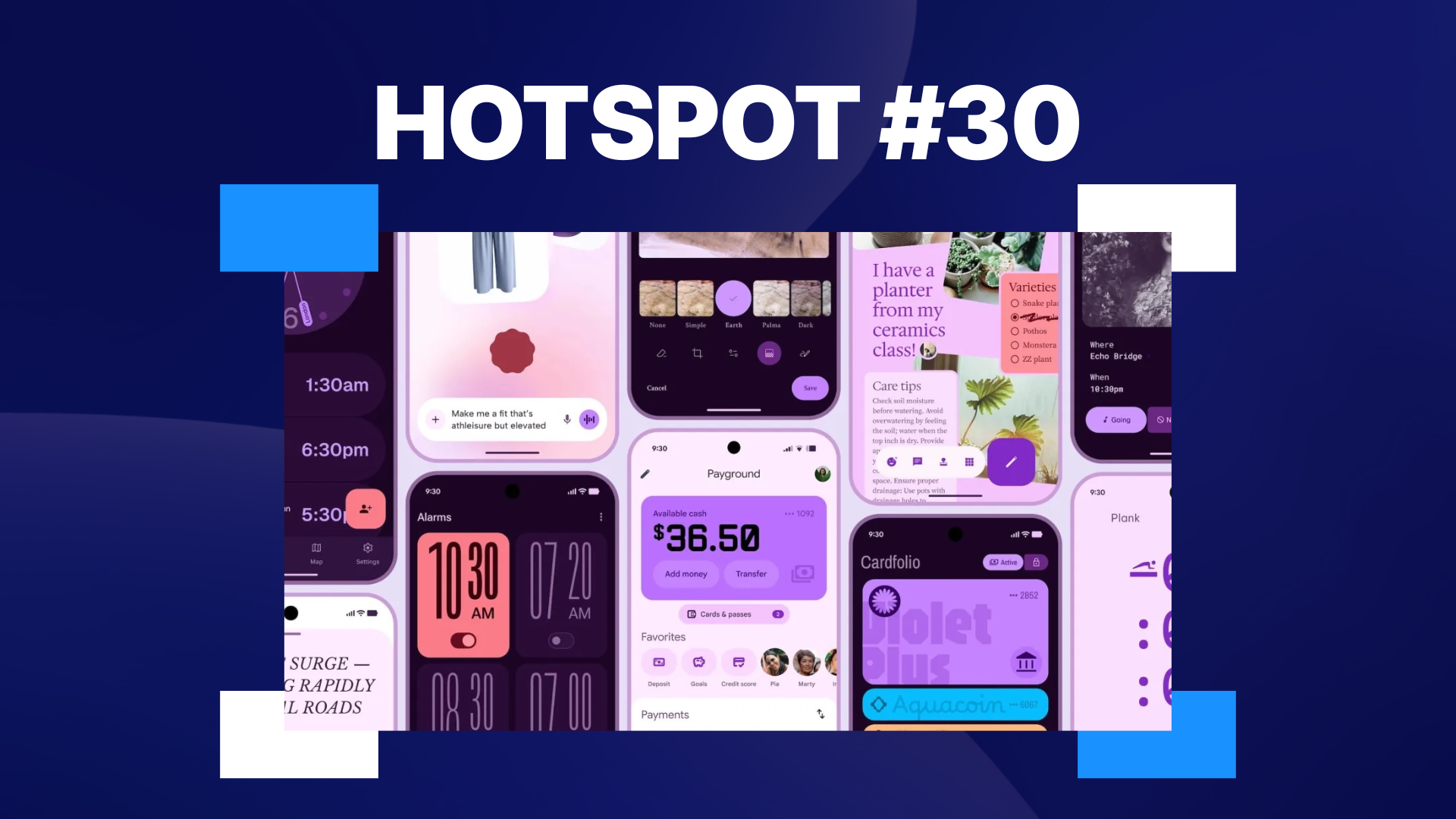





















![[Weekly funding roundup May 3-9] VC inflow into Indian startups touches new high](https://images.yourstory.com/cs/2/220356402d6d11e9aa979329348d4c3e/WeeklyFundingRoundupNewLogo1-1739546168054.jpg)































